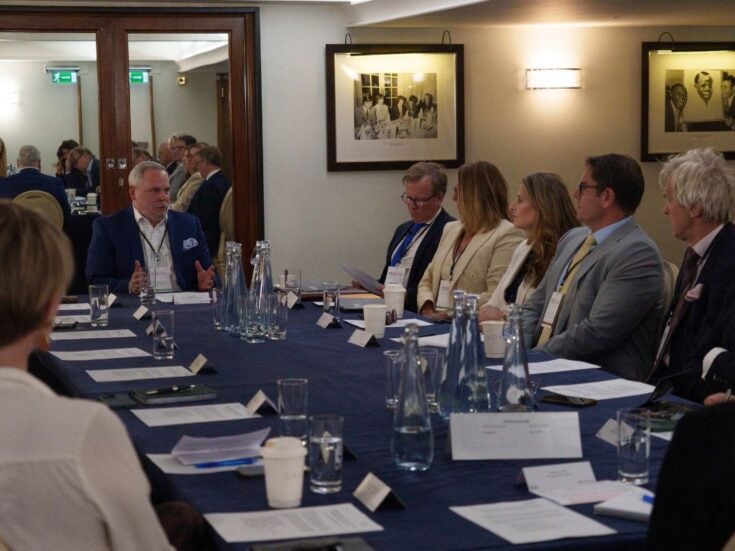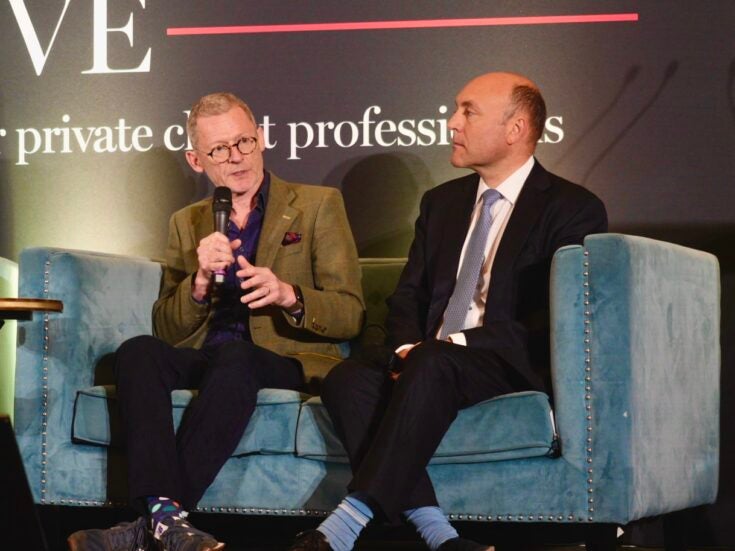
Big in Russia, doesn’t quite cut it for Zurab Tsereteli, who has his first major UK retrospective at the Saatchi right now. Arun Kakar uncovers the life and work of one of Russia’s most prolific artists – who’s also admired by Donald Trump
The work of Zurab Tsereteli is omnipresent in Russia, particularly in Moscow where his public monuments are a fixture of the city’s skyline. His 94-metre Peter the Great sculpture in downtown Moscow is the eighth tallest statue in the world, and he has undertaken important commissions across the Russian capital including the reconstruction of the Cathedral of Christ the Saviour.
And Tsereteli is not just a big name in Russia; he counts among his admirers, the US President Donald Trump, who has described him as ‘major’. Tsereteli has also played a fundamental role of shaping his country’s artistic trajectory throughout the second half of the 20th century. His list of accomplishments is remarkable: he is founder of the Moscow Museum of Modern Art, president of the Russian Academy of Arts and a goodwill ambassador for UNESCO. He is a recipient of the ‘Honored Artist of Georgia’ title and the Legion d’honneur.
‘For him, the main thing is to create works,’ explains his grandson, Vasili, who is also executive director of the Moscow Museum of Modern Art. ‘Inspiration comes like air.’
Indeed, when Spear’s meets Tsereteli in the Saatchi Gallery in Chelsea, the 85-year-old is drawing in his sketchbook. The retrospective, which runs until 17 February, tales up the entire third floor of the gallery and encompasses paintings, sculptures as well as archival footage documenting his life and work.

Born in 1934 in Tiblisi, the capital of Georgia, Tsereteli was educated in bronze, stone, glass, wood, enamel and mosaics. The study of archaeology and ethnology were particularly important in informing his work. ‘Since [he was] young, he participated in tours, sketched 12th Century frescos [where it] was very important to study the ethnography,’ says Vasili. Anatomy was a particular influence.
‘When serious teachers taught him to draw, they got him to draw corpses,’ Tsereteli tells Spear’s through his translator. ‘When somebody dies, the skin settles in a certain way, and you see the anatomy of a person in a way that you don’t see when they’re alive.
‘That was part of his education: very good teachers who go to that sort of extreme to hone the skills of being an artist.’
Formative experiences with Picasso and Chagall also had a lasting influence – and are referenced explicitly in works such as My Favourite Artists, a 2009 sculpture depicting Picasso, Modigliani, Chagall, Matisse and Van Gogh.

‘When he met [Picasso] in his studio, he was working, not paying attention to anyone else, looking in the mirror,’ says Tsereteli‘s translator. ‘He could see with Picasso that his work was his life.
‘[Picasso] was running around, looking in the mirror and he didn’t stop working – Zurab didn’t feel unwelcome.’
The exhibition, titled Larger Than Life, traces the artist through his evolution through ‘monumentalist visions’, the changing cultural climate of the USSR and a continuous breaking of artistic convention that would come to define his artistic persona.
Tsereteli is as involved in the Russian art world as he’s ever been, and expresses positivity about its current direction, characterised by ‘total freedom’.
‘We all have to create separate individual characteristics in art,’ his translator relays.’ It’s when he says we all have to move on to creating something specific, something have a personal touch in everything we do – individualism.’
Zurab Tsereteli; Large Than Life at Saatchi Gallery, London, 23 January – 17 February 2019, www.zurabtsereteli.com
Arun Kakar writes for Spear’s
All images courtesy of india Roper-Evans







